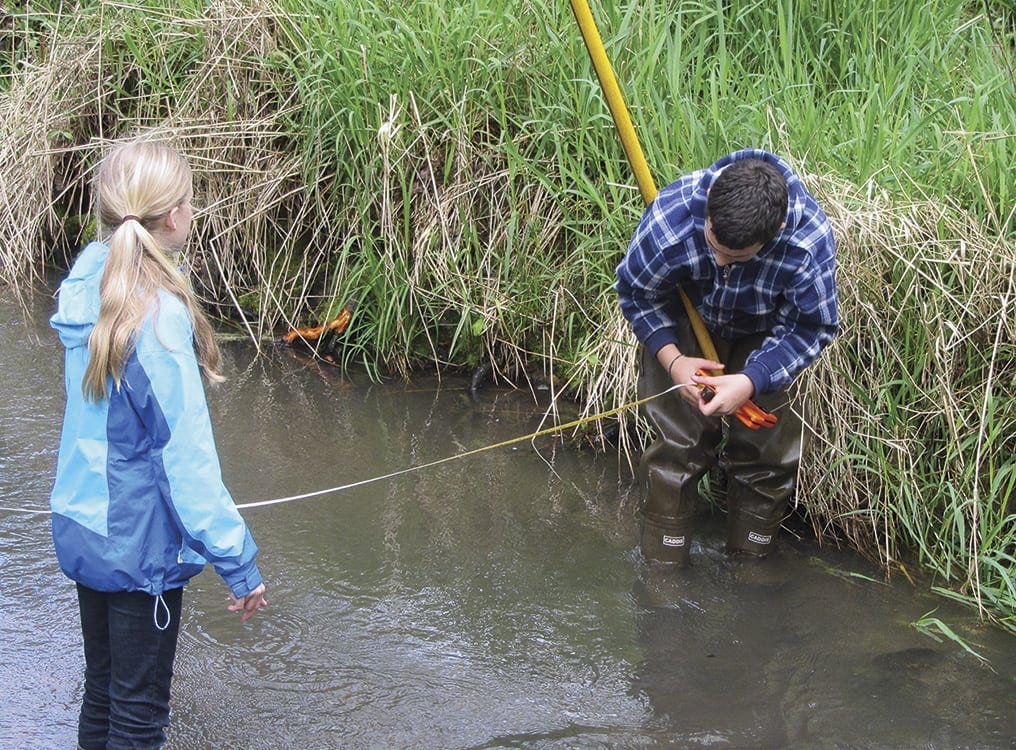About 300 students gathered at Washington State University Vancouver campus to share their research findings and brainstorm solutions to local watershed concerns
VANCOUVER — The Watershed Congress celebrated 20th anniversary in Clark County on May 18, when about 300 students gathered at Washington State University Vancouver campus to share their research findings and brainstorm solutions to local watershed concerns.

Over the past 20 years, a total of about 48,000 students from Clark County schools have collected data that give a snapshot of water health in a local stream, lake, wetland or bioswale. This year, 4,100 students and 81 teachers went outside in a variety of weather conditions to monitor their selected sites. The Watershed Congress provides some of these students an opportunity to report back on what they have learned. Joining them will be 50 volunteers from agencies, non-profit organizations and the community offering feedback on student presentations and helping to guide other activities.
Stream and water health are evaluated by temperature, dissolved oxygen, turbidity, nitrates, phosphates, macroinvertebrates and fecal coliform. Additional data are collected from riparian soil and plants.
The Watershed Monitoring Network, one of the oldest and largest student monitoring field programs in the state, encompasses multiple grade levels (grades 1 through 12) and six school districts. The work is supported by City of Vancouver Water Resources Education Center and Clark County Public Works, Clean Water Division. Grants from the Metro Regional Government, Washington Department of Ecology and most recently, the Lower Columbia Fish Recovery Board, have enhanced the program. The authentic science education targeted by the network also supports science standards, making it popular with many teachers, who frequently say they have learned just as much as the kids.
Overlooking the Columbia River, the City of Vancouver’s Water Resources Education Center offers exhibits, events and educational programs designed to teach us all how to be excellent stewards of water resources and how to use water wisely. The Water Center, a division of the City’s Department of Public Works, is also caretaker of one of the metropolitan area’s few remaining natural Columbia River riparian areas, nearly 50 protected acres of adjacent wetlands providing feeding, nesting and resting habitat for more than 120 species of fish and wildlife. The Water Center is part of the Vancouver National Historic Reserve.
The Water Center’s general hours are 9 a.m. to 5 p.m., Mondays through Friday, and noon to 5 p.m. on Saturdays. From Interstate 5 or Interstate 205, take state Highway 14 to Exit 1. Turn south under the highway, then east at the Columbia Shores intersection onto Columbia Way and head east about 3 miles to the Water Center.
More information is available on the Internet at www.cityofvancouver.us/watercenter or by calling (360) 487-7111.




